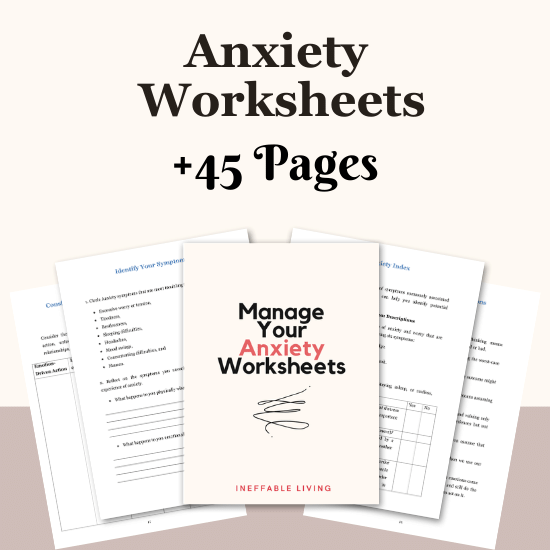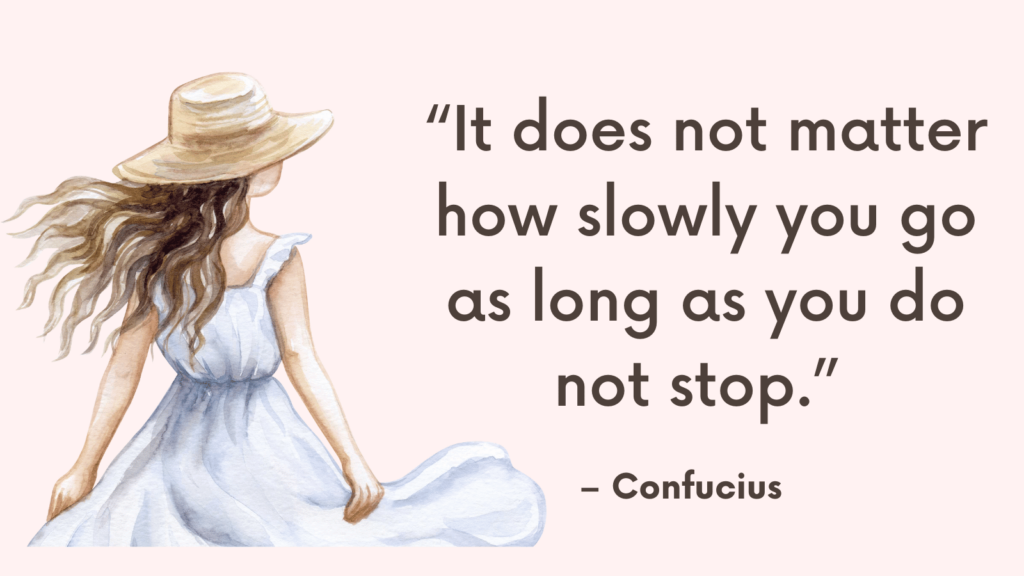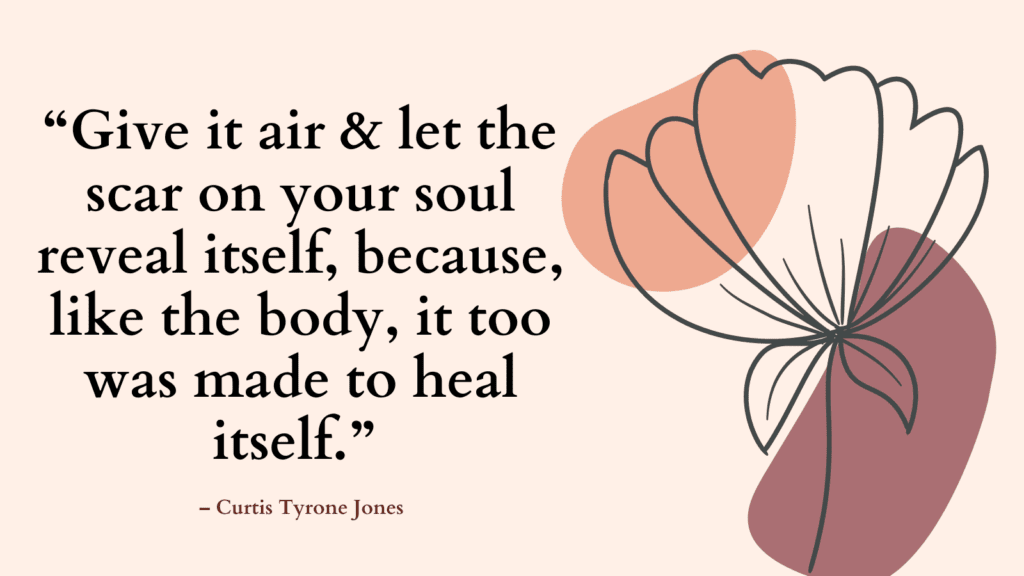Anxiety can manifest in various physical sensations such as an upset stomach, tight muscles, sweaty palms, headaches, fast breathing, or a rapid heart rate.
Our natural tendency is to try to make these uncomfortable feelings go away by distracting ourselves, staying busy, or avoiding them.
However, this approach can actually perpetuate the anxiety cycle.
In this blog post, we will explore what to do with anxious sensations in your body and how to break the anxiety cycle effectively.
The Anxiety Cycle
When you experience anxiety, your body sends you messages through physical sensations.
These sensations are not inherently dangerous, but our interpretation of them as threatening can intensify the anxiety.
Avoiding these sensations or trying to force them to change reinforces the message to your brain that they are dangerous, which perpetuates the anxiety cycle.
To break this cycle, we need to change our approach.
Instead of escaping or avoiding these sensations, we should lean into them, get curious, and practice willingness to feel them.
This method can help you understand and manage your anxiety better.
Related: Best 7 Somatic Exercises For Anxiety
How to Relieve Anxious Sensations In Your Body?
1. Get Present
The first step in managing anxiety is to get present.
When you feel anxious sensations in your body, acknowledge them without judgment.
Place a hand on the area where you feel discomfort and take a moment to be present with it.
This simple act of bringing your attention to the sensation can help you feel more grounded.
Example: If you feel tightness in your shoulders, place your hand gently on your shoulder and take a deep breath. Notice the sensation without trying to change it.
2. Explore
Next, explore the sensation with curiosity. Instead of labeling it as bad or dangerous, try to understand what it feels like.
What is the quality of the sensation? Is it tight, warm, cold, or tingly? By exploring the sensation, you shift your focus from fear to curiosity.
Example: As you notice the tightness in your shoulders, explore the feeling. Is it a sharp tightness or a dull ache? Is it localized in one spot or spread out?
Related: Top 10 Practical CBT Exercises For Generalized Anxiety Disorder Relief
3. Accept
Acceptance is a crucial step in breaking the anxiety cycle. Accept the sensation as it is, without trying to change or avoid it.
Recognize that it is a normal part of your body’s response to anxiety and that you can handle it.
Example: Tell yourself, “I notice this tightness in my shoulders. It feels uncomfortable, but I can handle this feeling.”
4. Get Curious
Being curious about your body’s sensations can help you stay engaged and reduce the urge to avoid them.
Ask yourself questions about the sensation and your experience.
What might this sensation be trying to tell you?
How does it change as you pay attention to it?
Example: Ask yourself, “What might my shoulders be trying to communicate? How does the tightness change as I focus on it?”
Related: Best 8 Mindfulness Exercises For Adults That Will Help You Regulate Your Emotions
5. Expand
Finally, expand your awareness.
Instead of focusing solely on the anxious sensation, notice other parts of your body that feel calm or neutral.
This broader awareness can help you feel more balanced and less overwhelmed by the anxious sensation.
Example: While noticing the tightness in your shoulders, also pay attention to areas of your body that feel relaxed or calm, such as your hands or feet.
Practical Exercise: Listening to Your Body
Let’s put these steps into practice with a guided exercise to help you manage anxiety in your body.
1. Sit or lie down in a comfortable position. Ensure your back is straight, and your body is relaxed.
2. Identify the area of your body where you feel anxious sensations. Place your hand gently on that area.
3. Take a deep breath and focus your attention on the sensation. Acknowledge it without judgment.
4. Notice the quality of the sensation. Is it tight, warm, cold, or tingly? Be curious about what it feels like.
5. Tell yourself, “I notice this sensation. It feels uncomfortable, but I can handle this feeling.”
6. Ask yourself questions about the sensation. What might it be trying to communicate? How does it change as you focus on it?
7. Notice other parts of your body that feel calm or neutral. This broader awareness can help balance your focus.
Related: Best 11 Grounding Techniques For Dissociation
Why This Approach Works
When you engage with your anxious sensations in this way, you send a different message to your brain.
Instead of reinforcing the idea that these sensations are dangerous, you communicate that they are manageable.
This shift can help reduce the intensity of the sensations over time and break the anxiety cycle.
The Importance of Compassion
An essential part of this approach is to treat your body with compassion.
Imagine the anxious sensations as a friend coming to you with a difficult message.
Listen to them with kindness and without judgment.
By responding with warmth and understanding, you can create a sense of safety and support for yourself.
Example: As you place your hand on your shoulder, imagine it as a cherished friend. Say to yourself, “I hear you, and I’m here for you. Thank you for trying to keep me safe.”
Related: How To Feel Safe In Your Body?
Visualization and Mental Imagery
Visualization can also be a powerful tool in managing anxiety.
Imagine the area of your body with the anxious sensation as a small child or a friend who needs comfort.
Visualize giving them a hug and listening to their message with compassion.
Example: Visualize the tightness in your shoulders as a small child who is out of breath after running to give you a message. Give that area a mental hug and listen to what it has to say.

Conclusion
Remember, your body is your friend, and its sensations are just messengers.
By listening to them with kindness and curiosity, you can better manage your anxiety and create a sense of peace within yourself.



